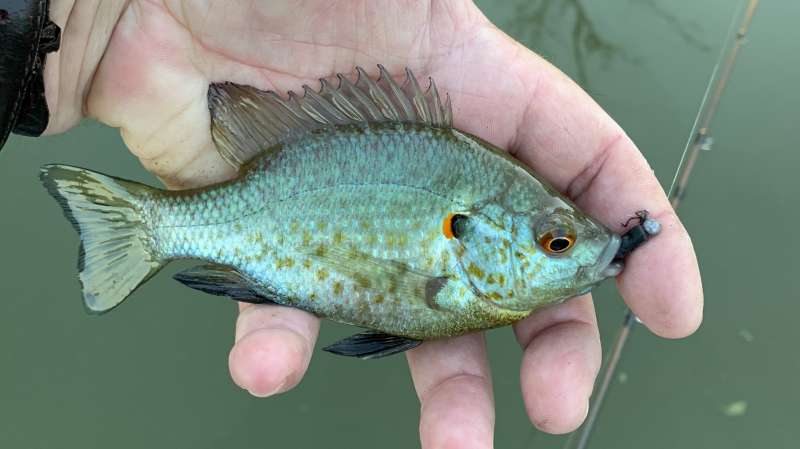How large does a blue cat have to be to have the gape to harm the RES population?
While BC and Flathead cats are different (different gape dimensions) they are both the largest and most predatory of our catfish. So the below is provided for info only. Just food for thought.
FYI
North American Journal of Fisheries Management
Article: pp. 198-202
Gape:Body Size Relationship of Flathead Catfish
Joe E. Slaughter IVa,,1 and Brad Jacobsonb
a) Georgia Department of Natural Resources, Wildlife Resources Division, 2065 U.S. Highway 278 SE, Social Circle, Georgia 30025, USA
b) Arizona Game and Fish Department, Region IV, 9140 East 28th Street, Yuma, Arizona 85365, USA
Abstract.
The flathead catfish Pylodictis olivaris is a highly piscivorous ictalurid native to central North America whose range has been extended throughout much of the United States. With this range expansion, many populations of native fishes have experienced declines in the number of individuals due to direct predation by flathead catfish. Previous evidence suggests that flathead catfish are opportunistic feeders and may be the least gape limited of North American freshwater piscivores. To better understand the size of prey vulnerable to flathead catfish, we measured gape dimensions for individuals of various sizes to determine the maximum size prey a flathead catfish can kill based on its gape limitations. Our results show the relationship of total length to horizontal and vertical gape and the relationship of flathead catfish total length to the total lengths of ingestible-sized prey of different body shapes. Furthermore,
comparisons of the body depth of three common fish species to the gape dimensions showed that no size of largemouth bass Micropterus salmoides, bluegill Lepomis macrochirus, or gizzard shad Dorosoma cepedianum would preclude predation by flathead catfish. Our results support the assumption that the flathead catfish is one of the least gape-limited piscivores.
Received: January 31, 2006; Accepted: May 4, 2007; Published Online: February 11, 2008
DOI: 10.1577/M06-033.1
North American Journal of Fisheries Management 2008;28:198�202
